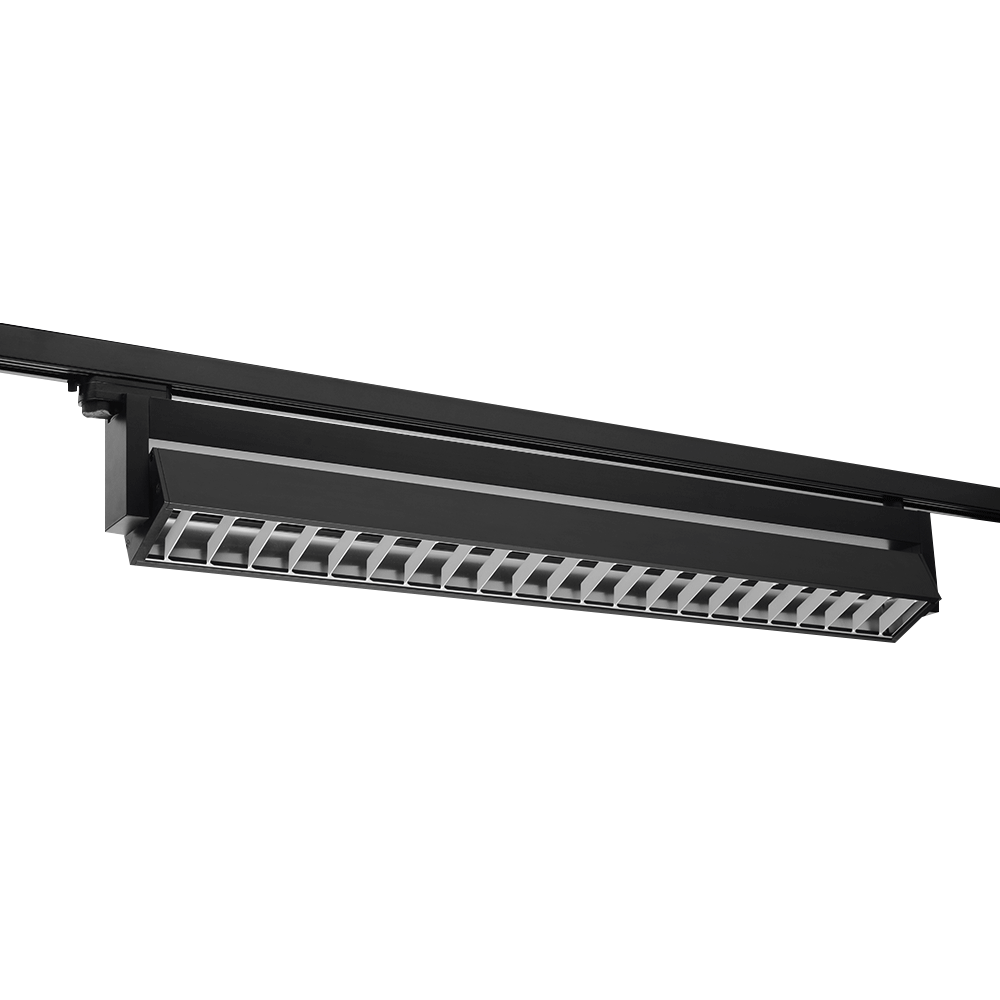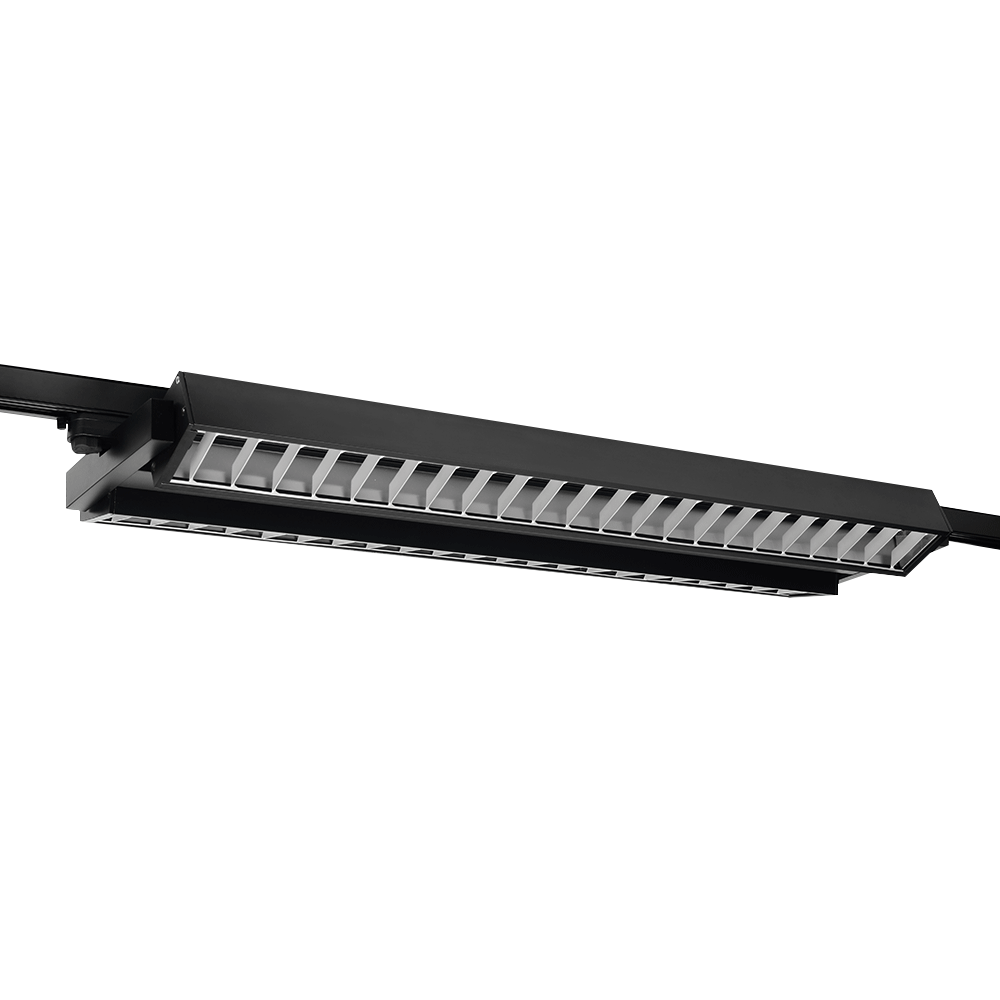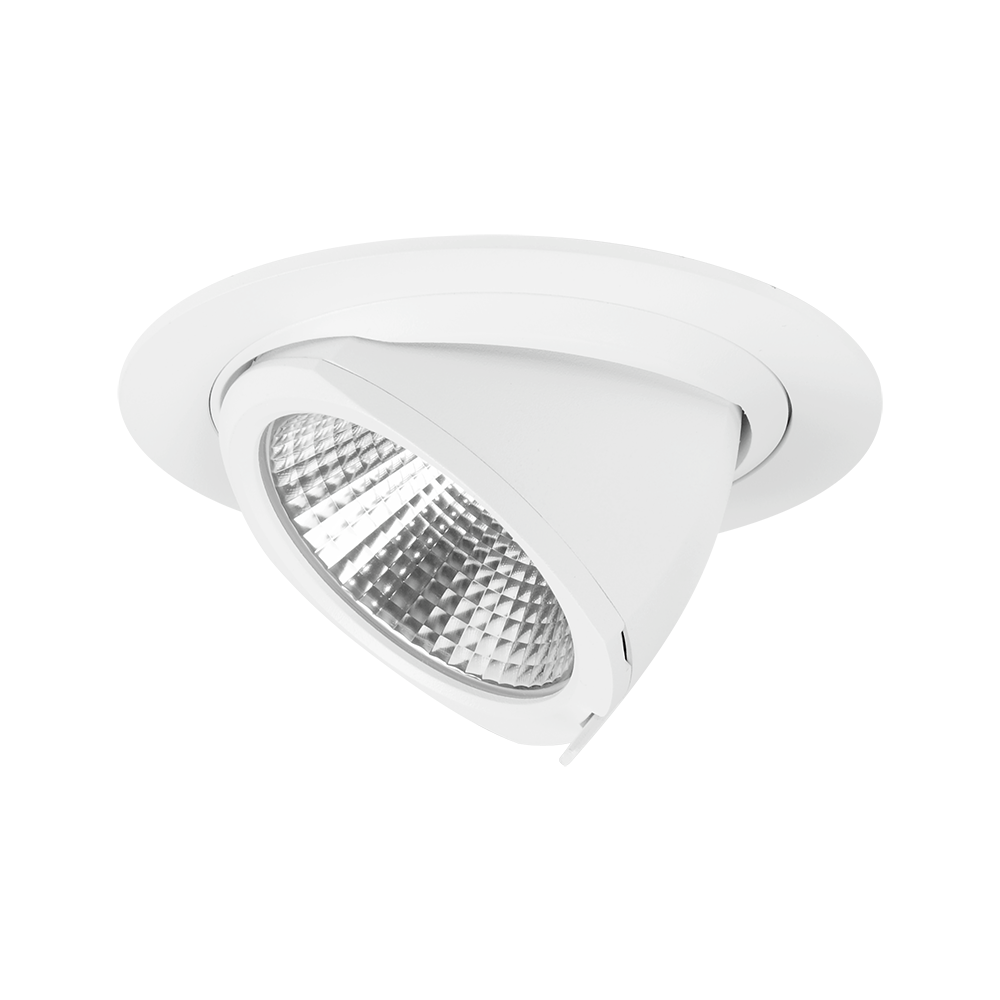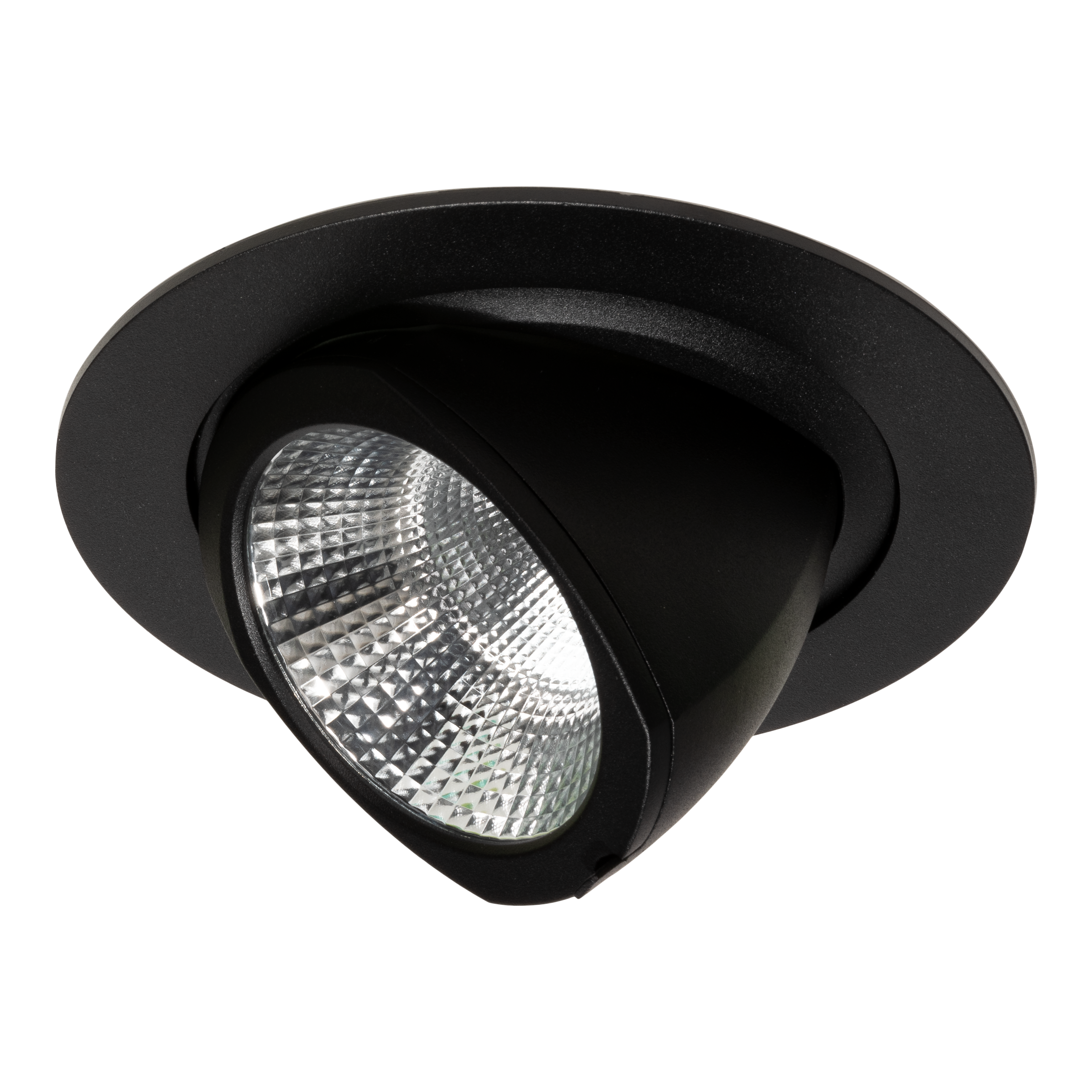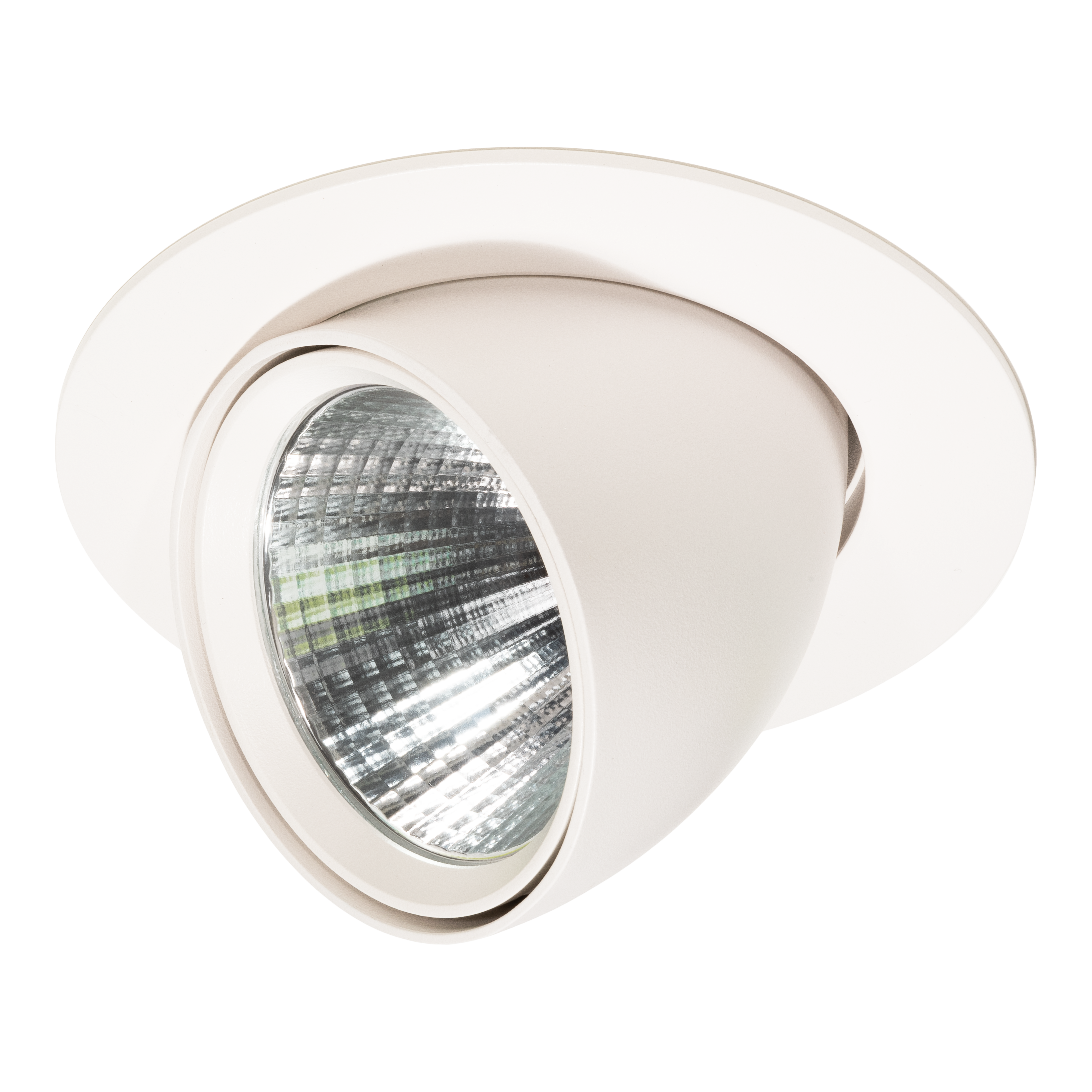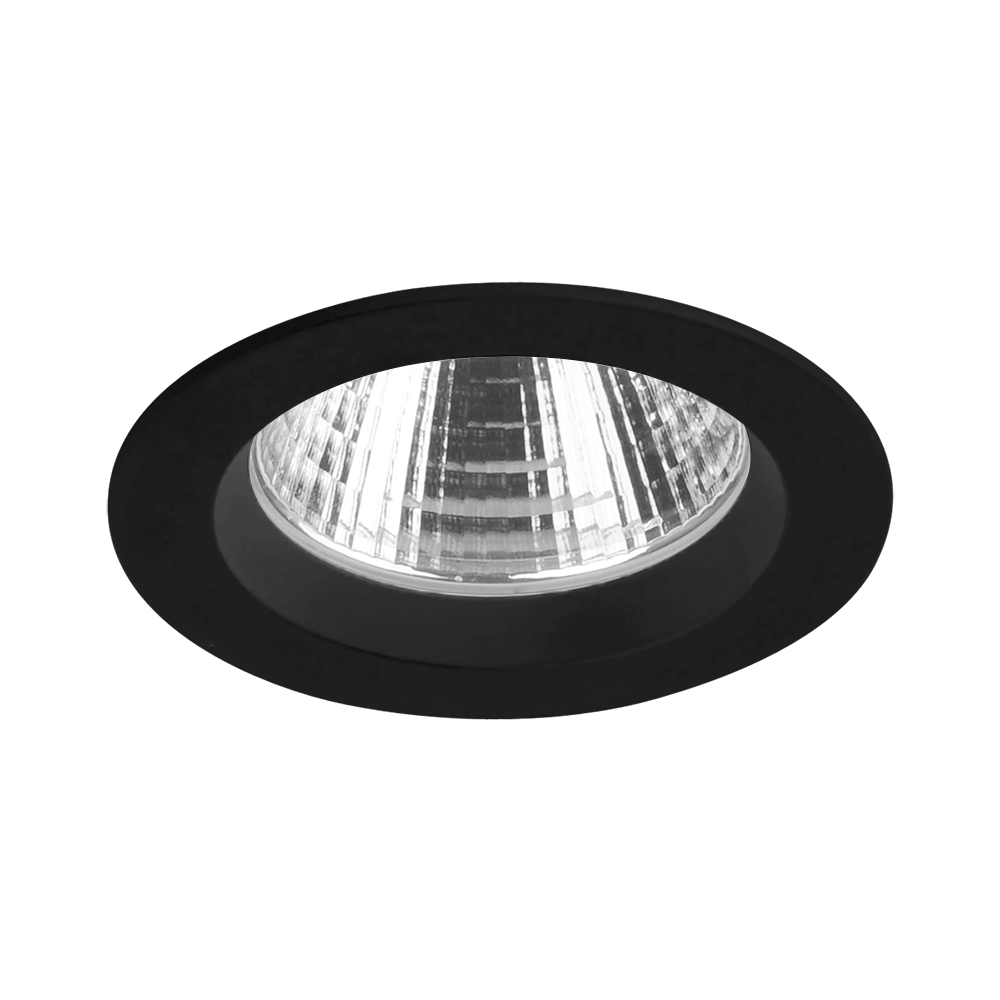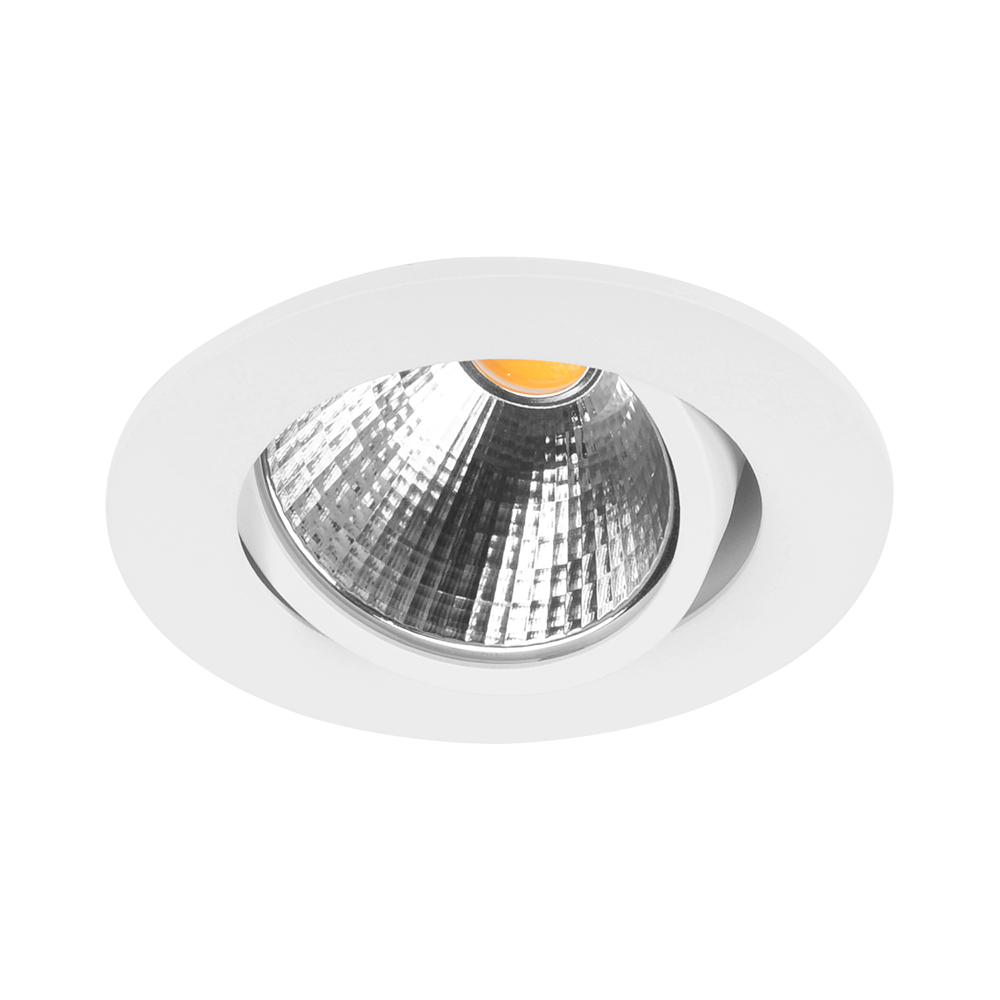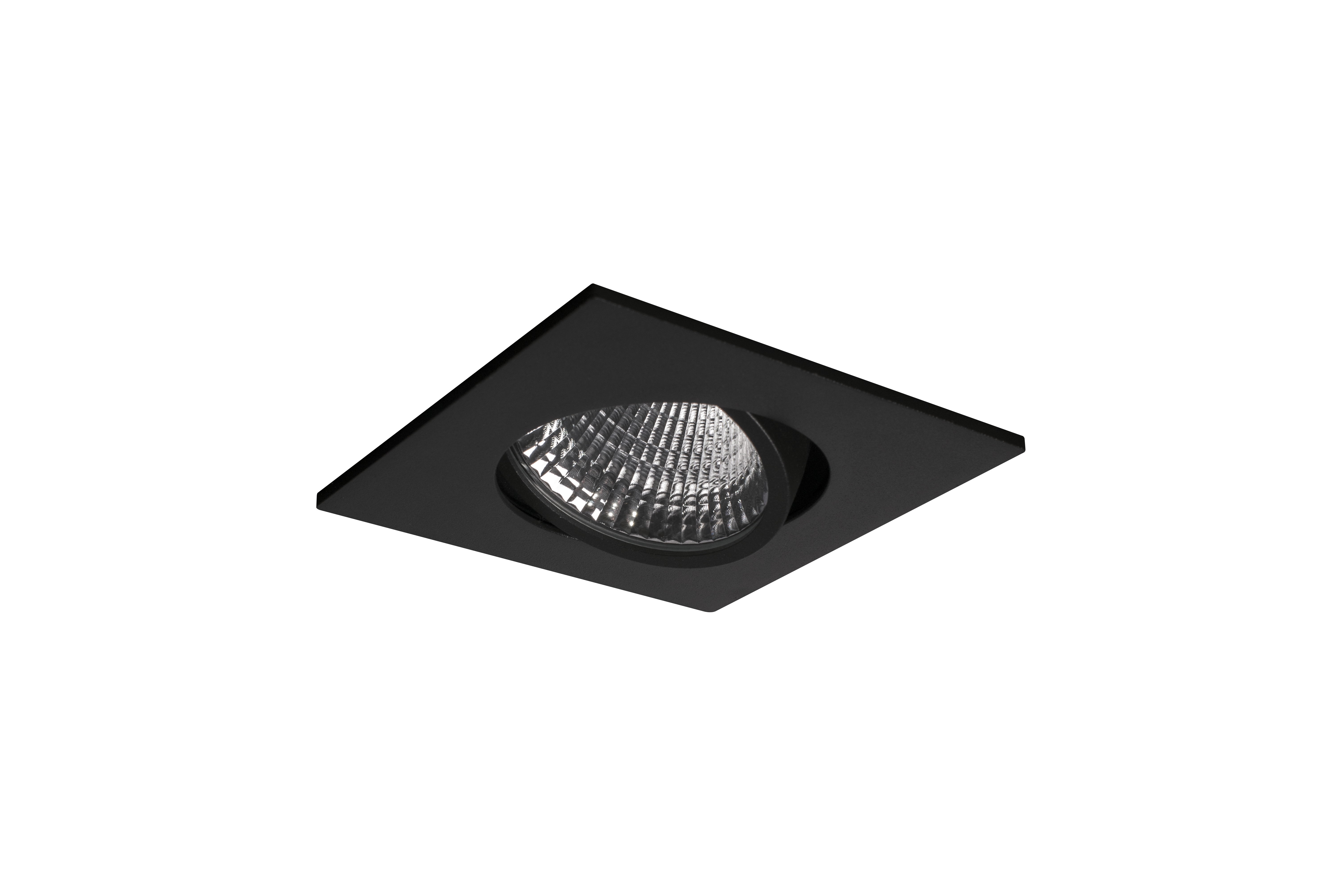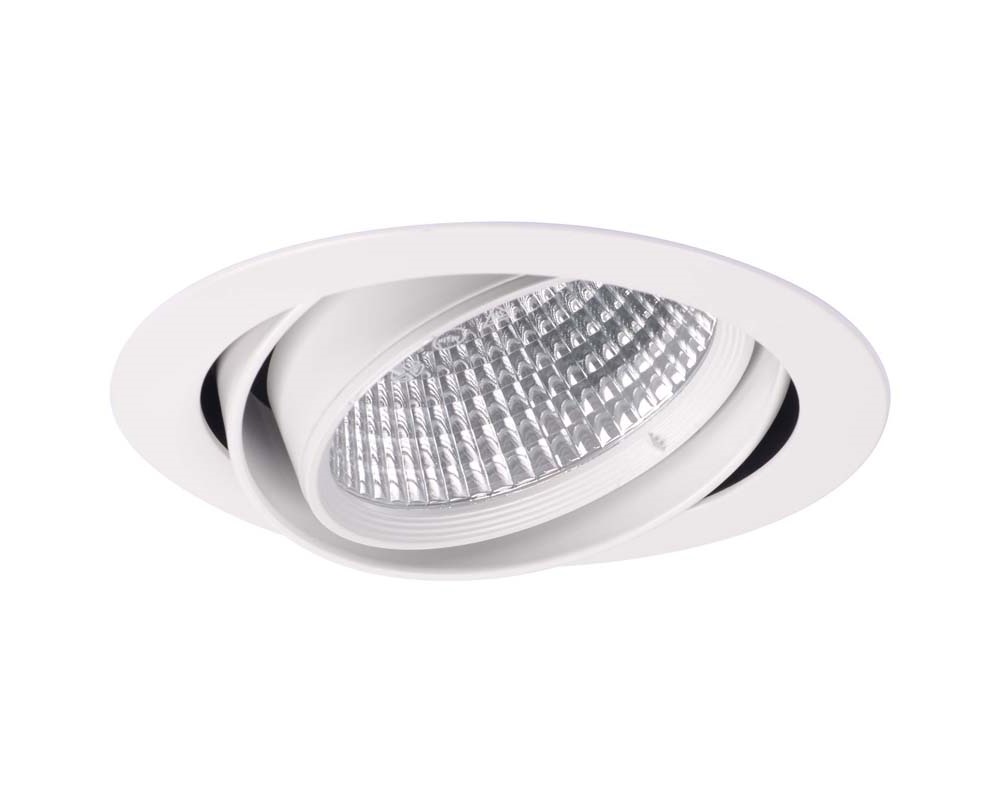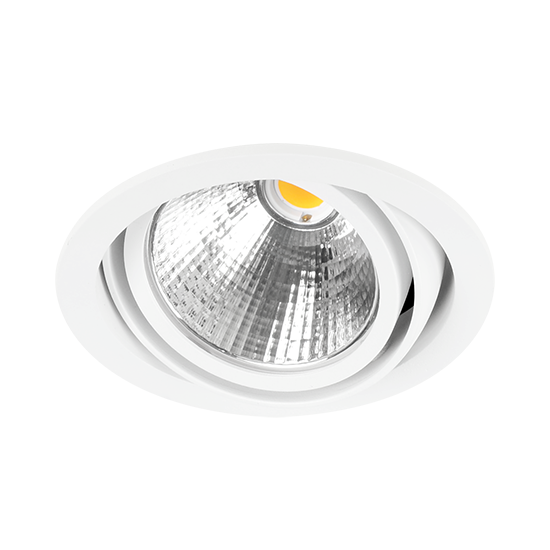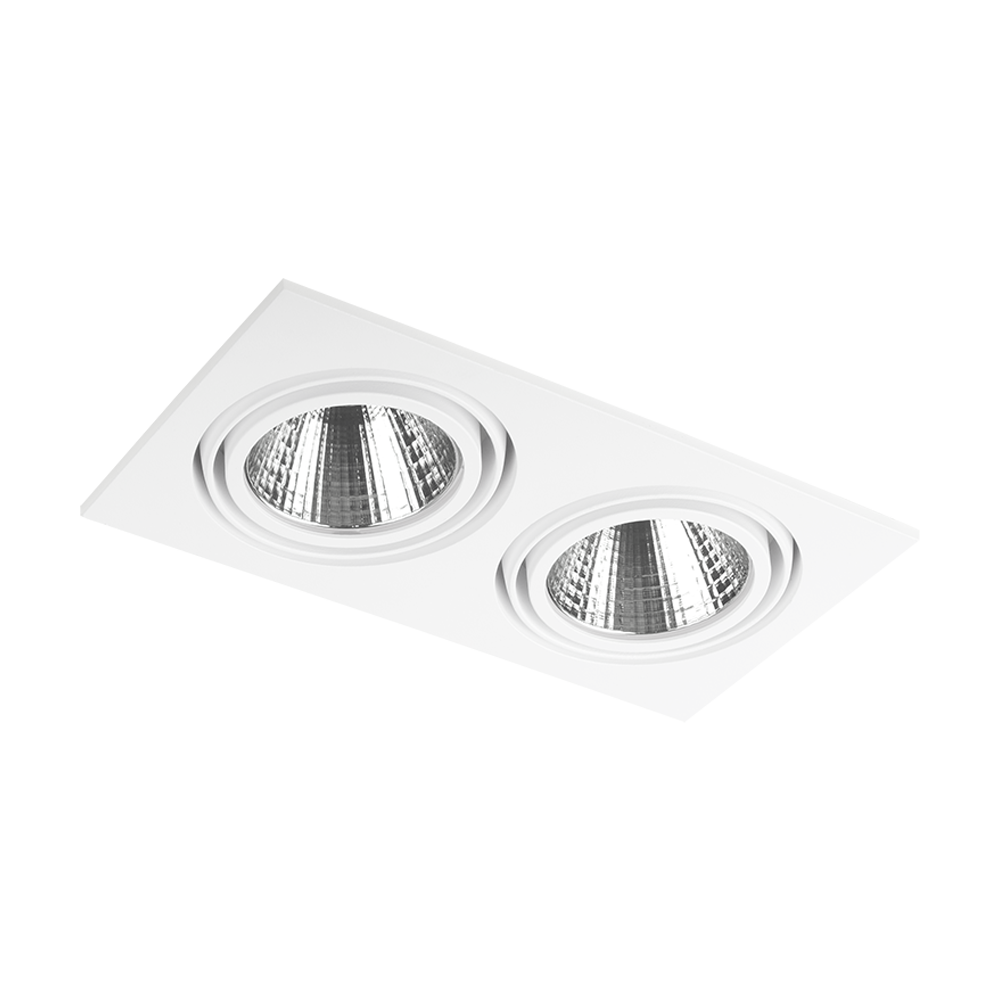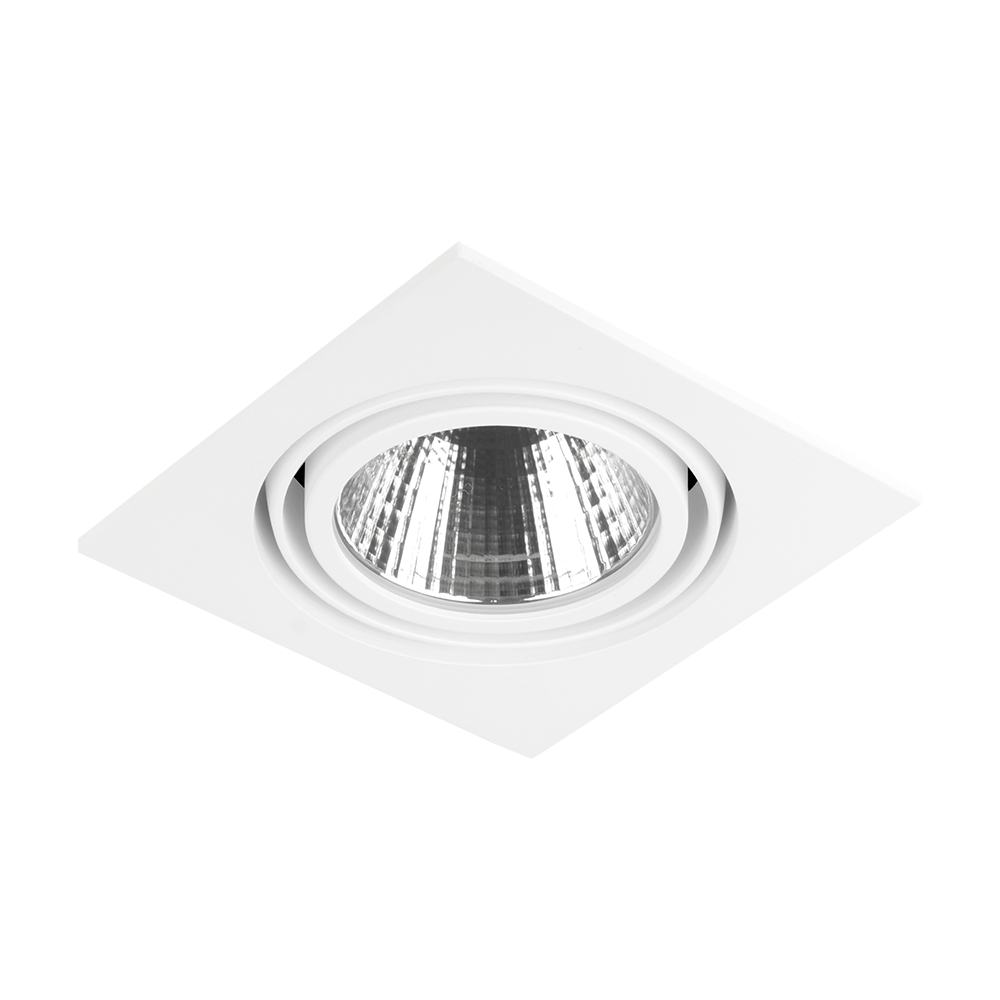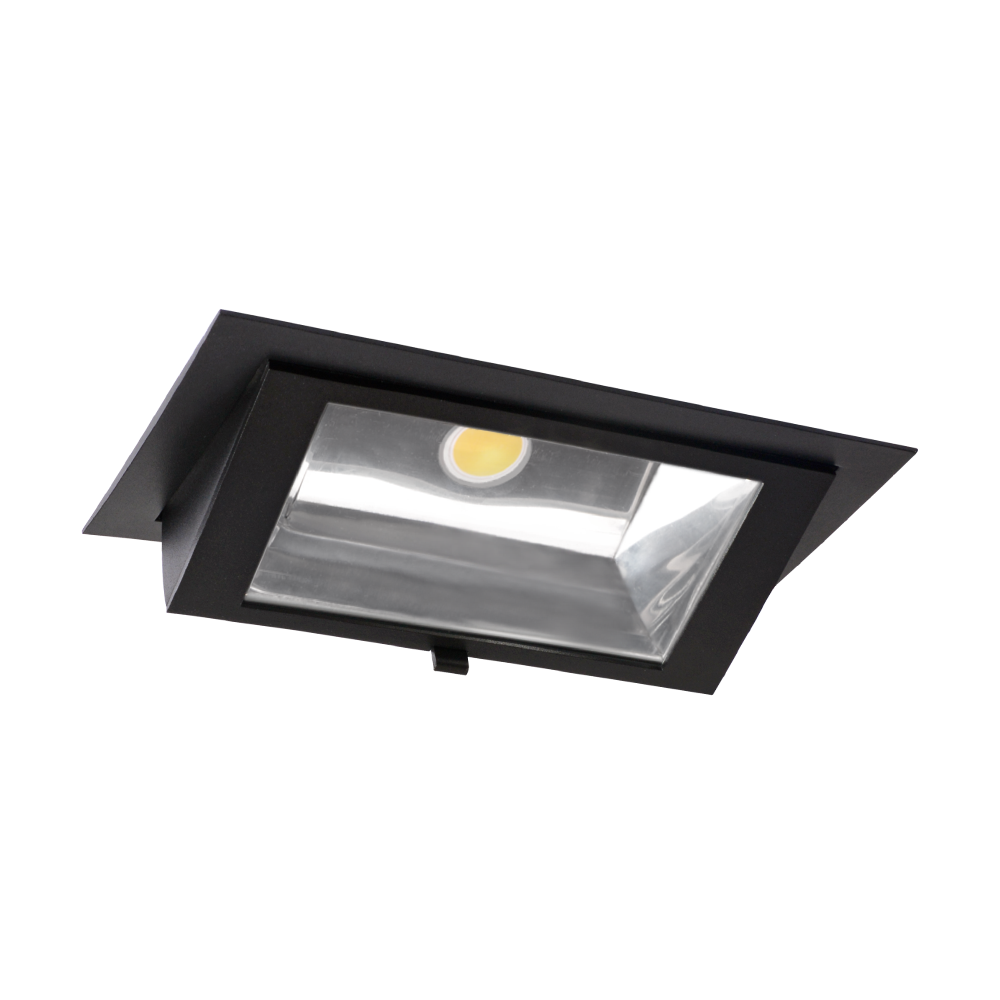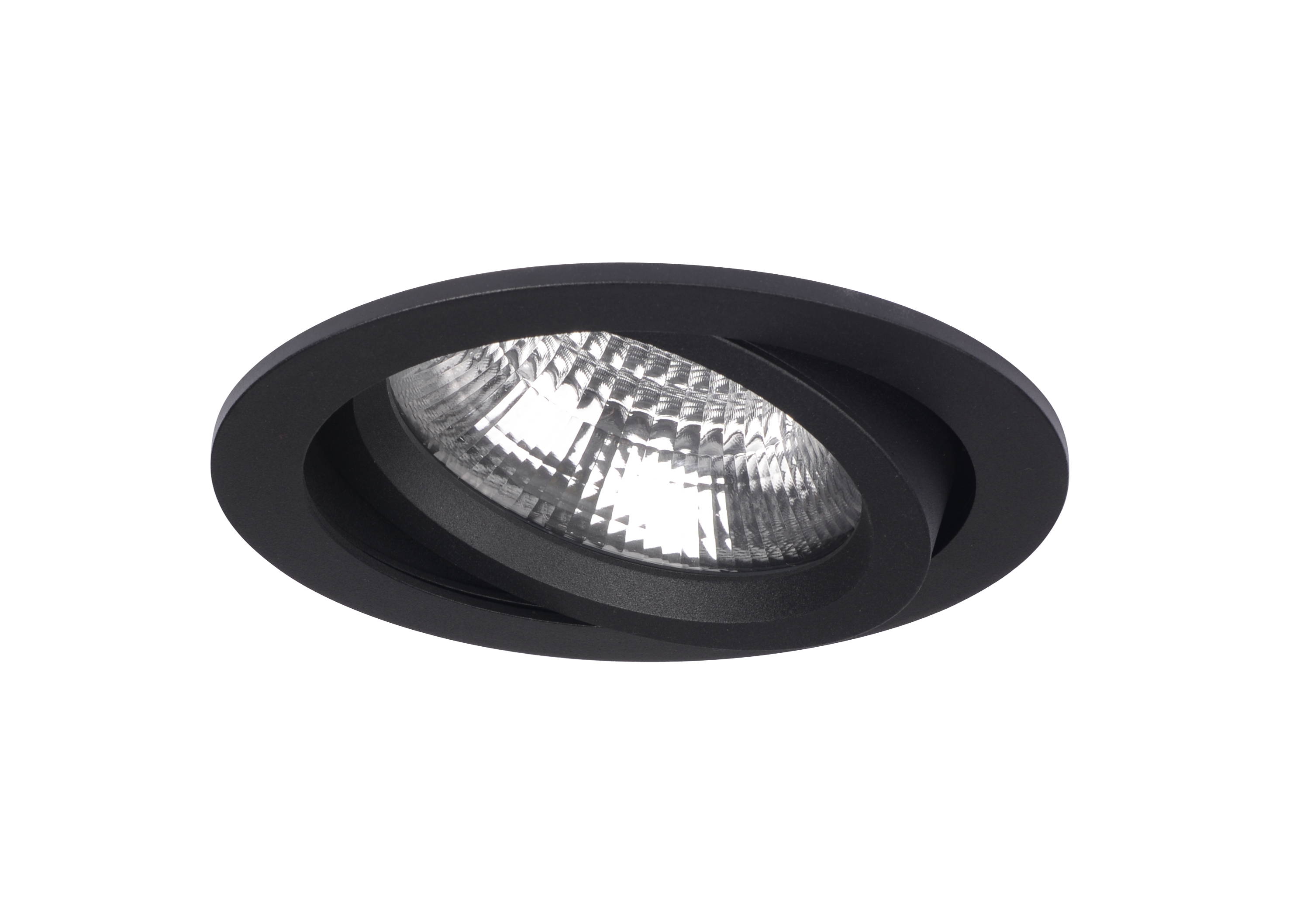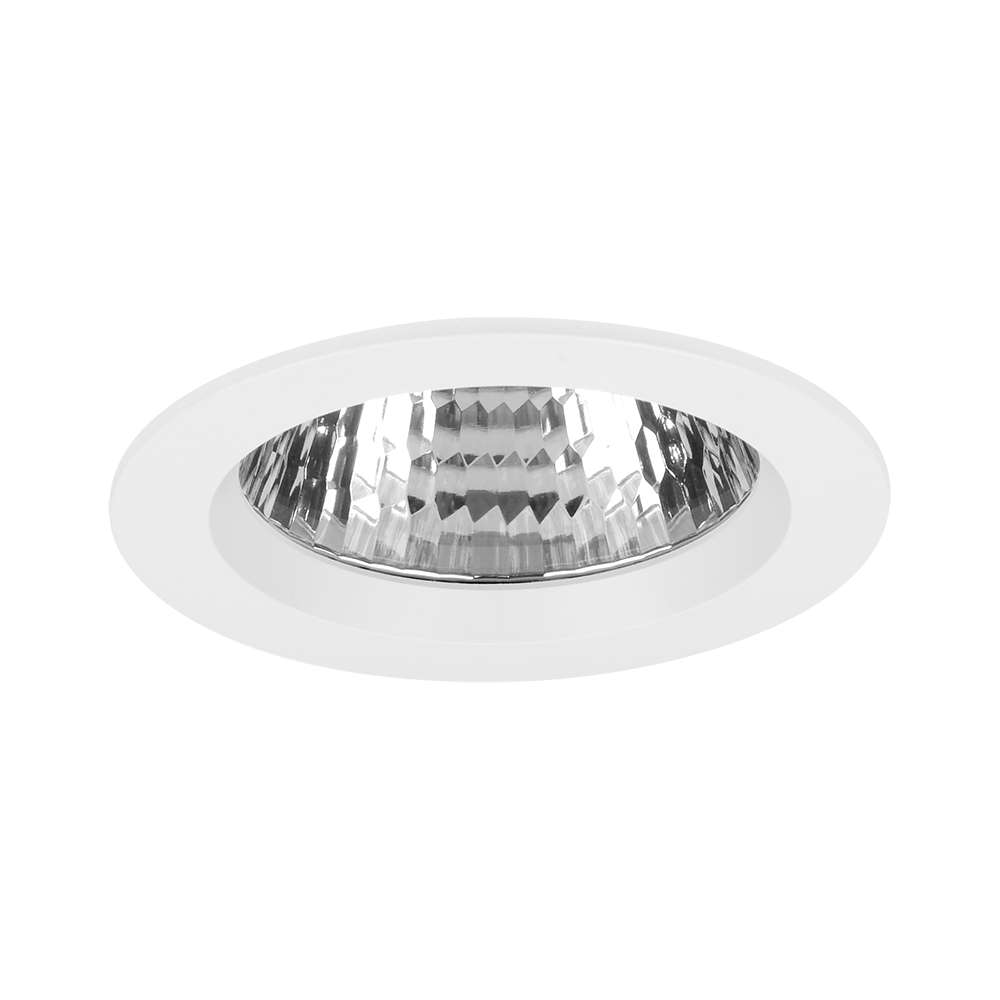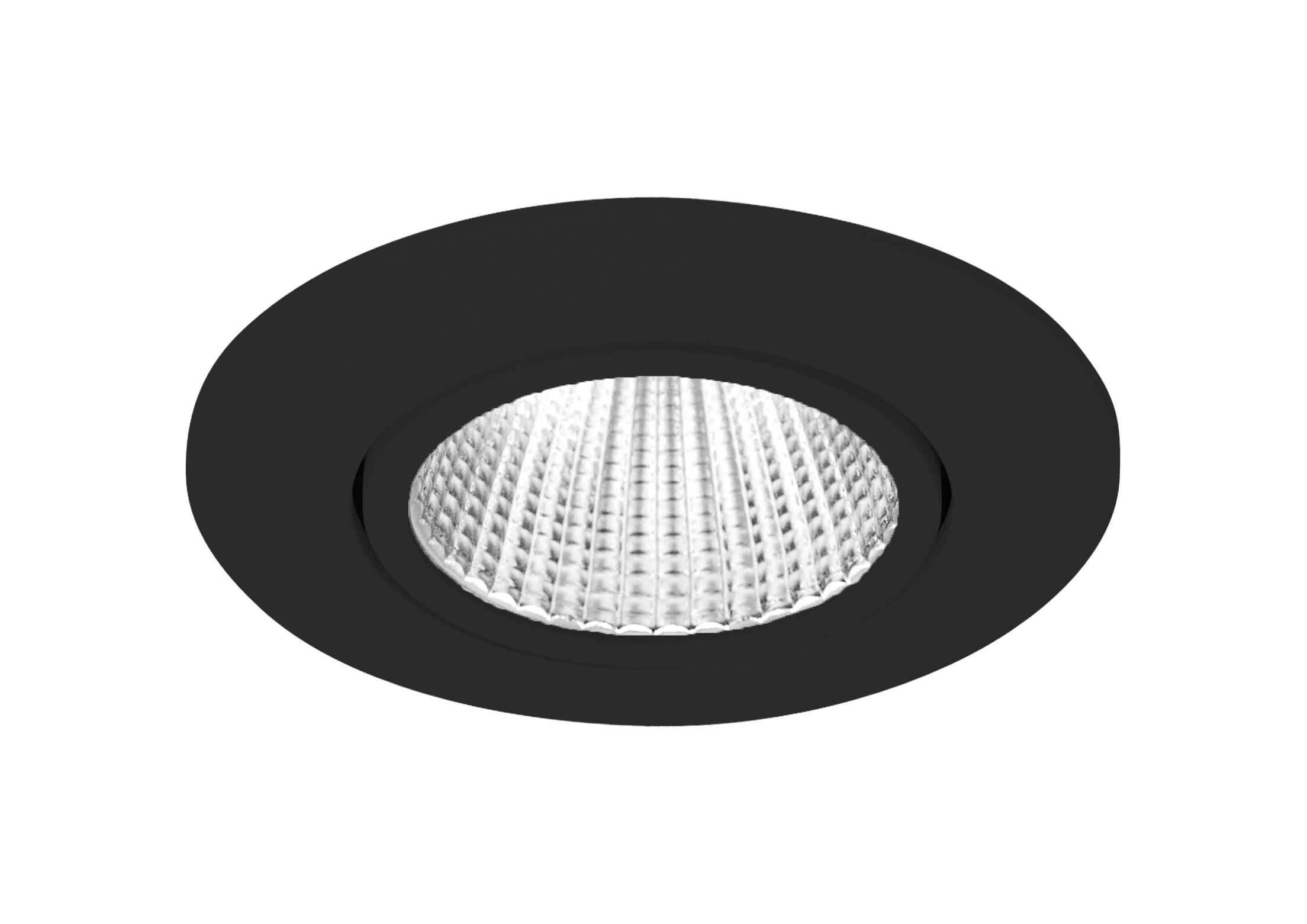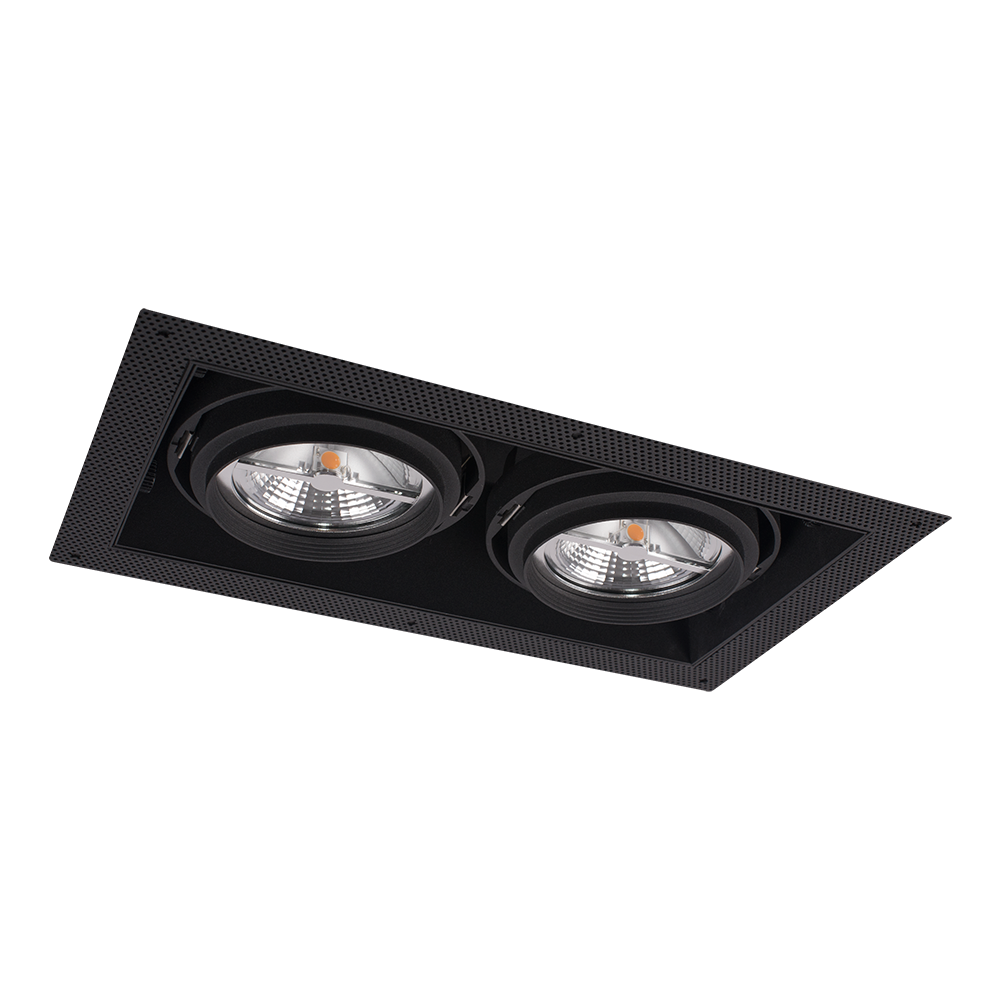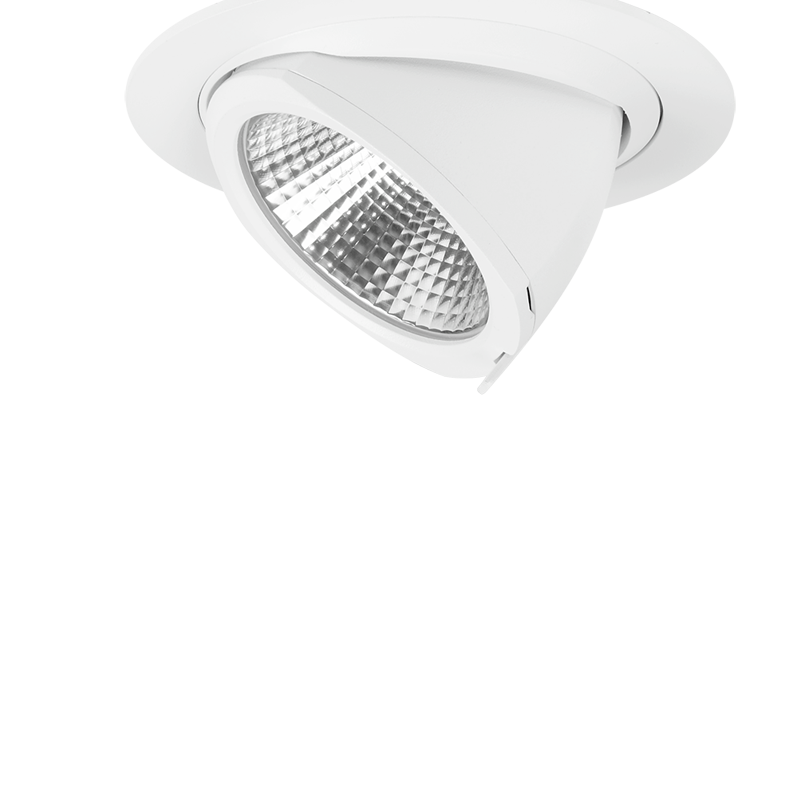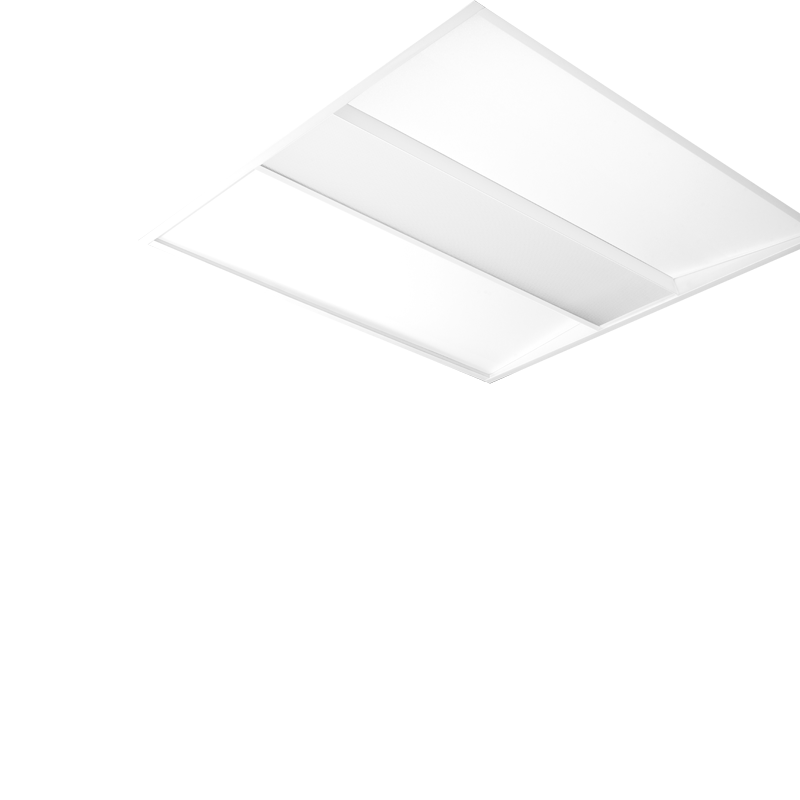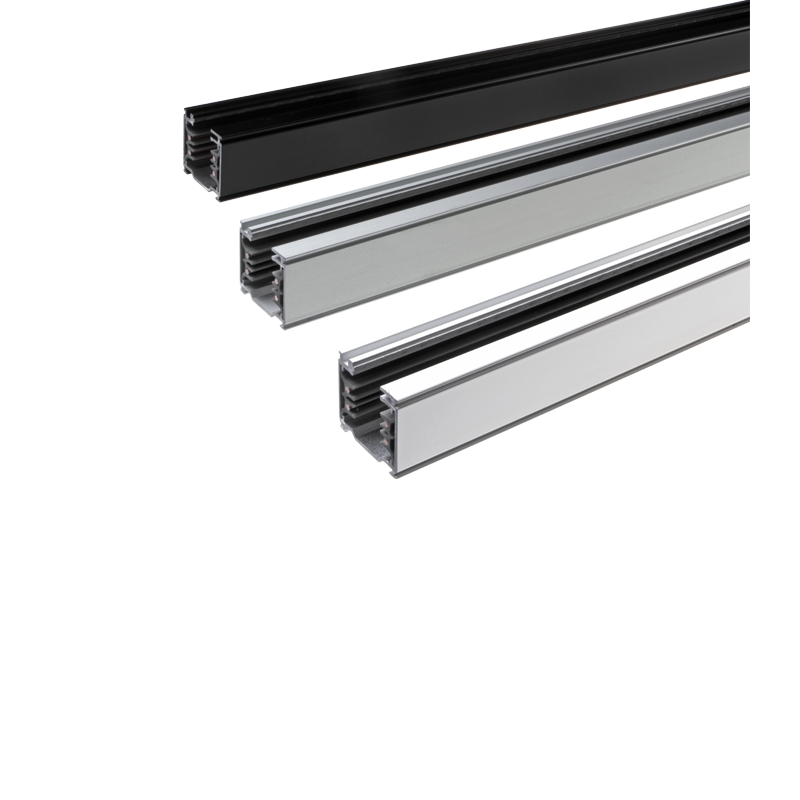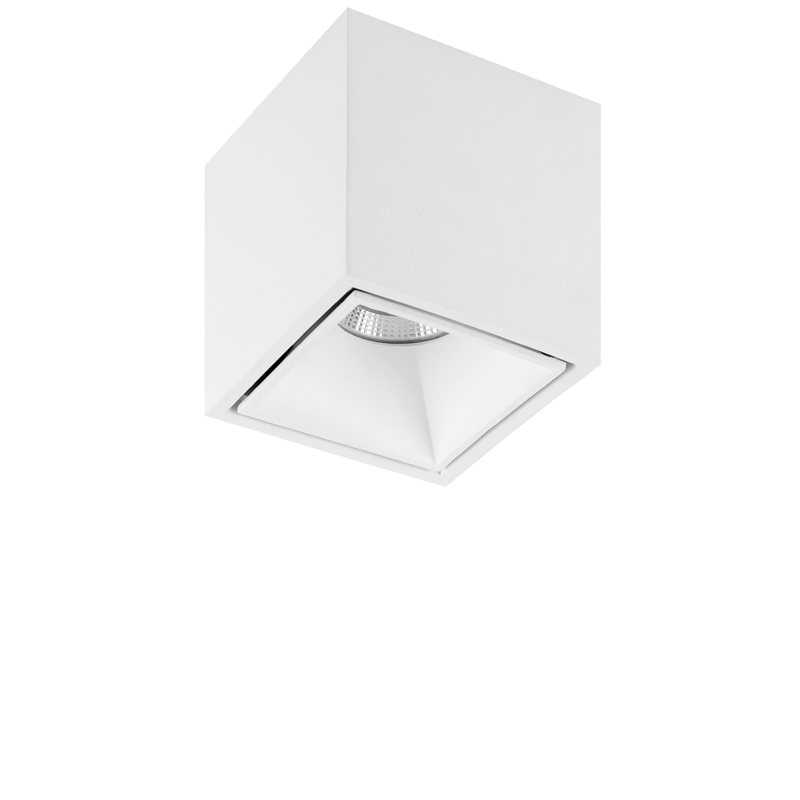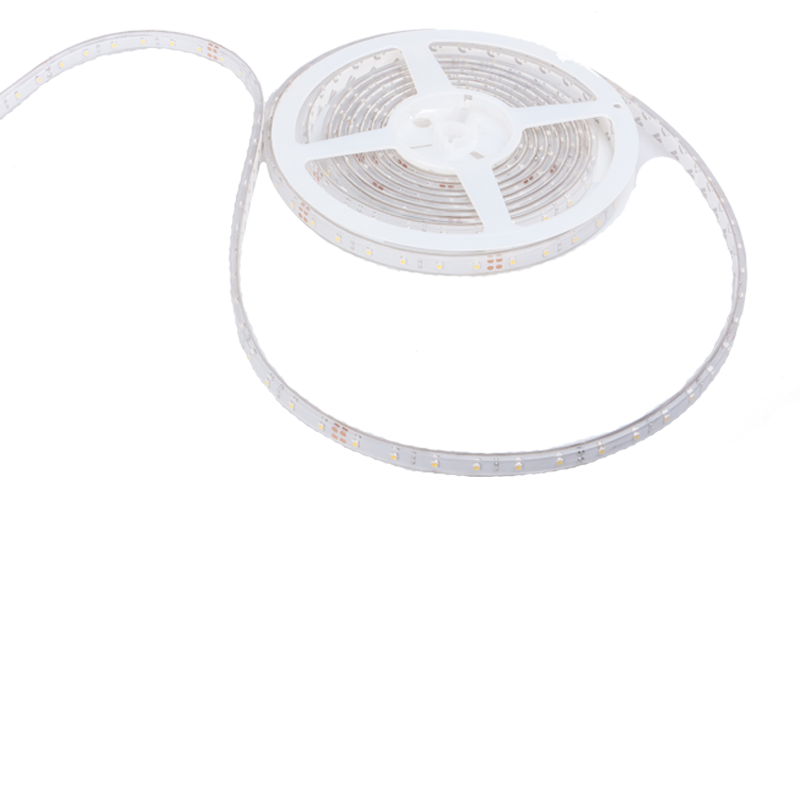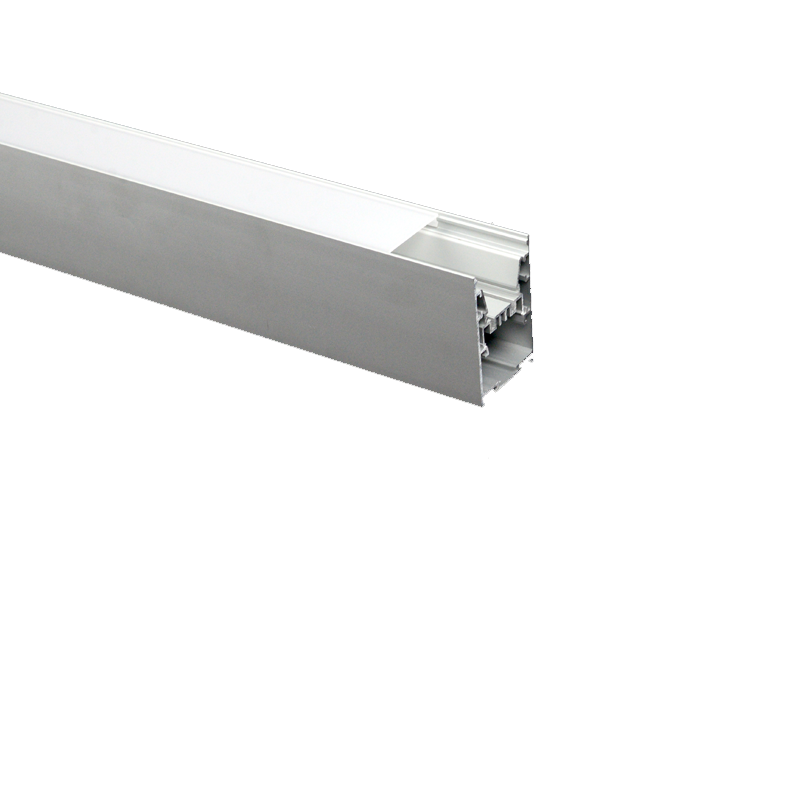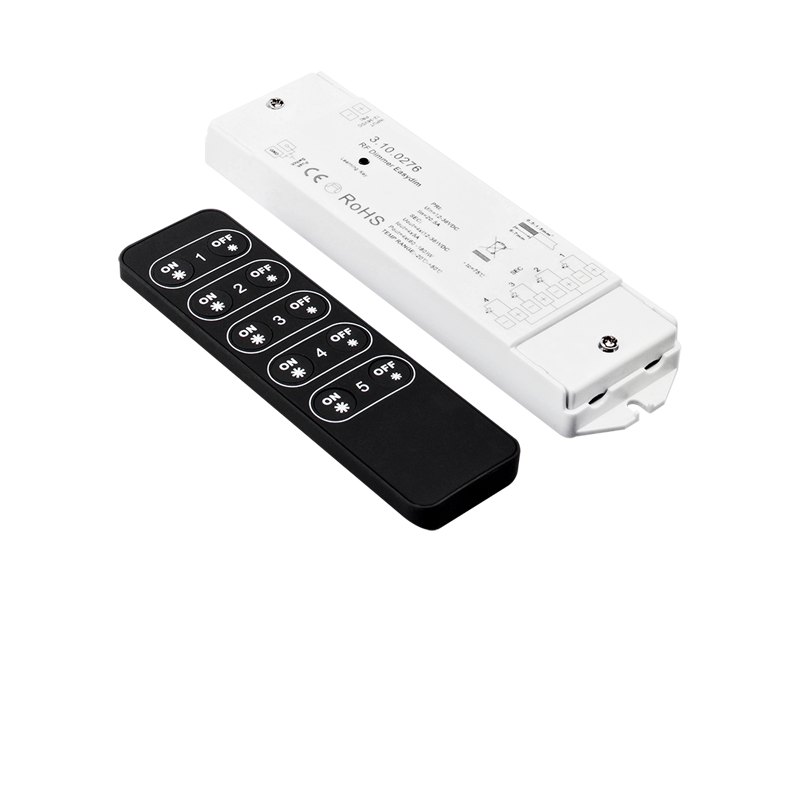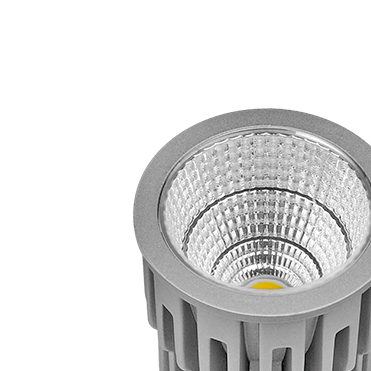Application of LED modules in retail luminaires
/hantekeningen 20222023 (3).gif)
The light colour of a luminaire is very important for the final purpose of a project. When it comes to presenting goods, merchandise and works of art, the right lighting helps create a special atmosphere and attract the public's attention. Different products, materials and colours often require a special lighting appearance. Various LED modules have been developed for this purpose, which we will discuss in this article.
Kelvin
This overall article starts with light colour temperature. The light colour is in many cases referred to as Kelvin (K). The number of kelvin indicates how warm or cold the colour temperature is. A low kelvin value (e.g. 1200K) indicates that the colour of the light is very warm. For example, 1200k can be compared to the colour of candle light. As the Kelvin value increases, the light colour becomes increasingly 'colder'. 6500 Kelvin can be compared to daylight on a clear day.
LED modules
Within the LED world, special LED modules have been developed that positively influence the illumination of products and people's perception. These LED modules make products, goods and food more attractive, which can help achieve sales.
Non food modules
Within the Retail sector, light affects merchandise and consumers. For instance, different light colours are used for shelves than for walkways. Merchandise is often highlighted using track luminaires, but is also combined with recessed spotlights and LED strips. Lumiparts has various modules and light colours available for this form of lighting, each of which has its own influence on effective colour rendering. Within this article, you can read more about the influence of modules and light colours within the retail sector.
ART
Art and culture depend on how they are presented. Light plays an important role here. The art module puts exhibitions and objects centre stage and emphasises their natural colours. The excellent colour rendering and light quality is produced using full-spectrum technology. These have high values of CRI 97. Through this module, you get maximum colour consistency. In addition, the LEDs in this module are gentle on the works of art themselves.
Fashion
The fashion module is great for highlighting white items in, for example, clothing shops. With this module, white objects are rendered bright white and other object colours (such as brown and red items) are rendered deeper and warmer. This module creates the most attractive shopping experience for end users, or: consumers. This is partly because the 'original' colours of items with this module feel 'natural and authentic'. With this module, there is less chance of cognitive dissonance.
Food modules
Food. The fresh food shelves are often unmissable, and this is mainly controlled by the right light colour. For instance, the light colour hanging above the shelf not only determines whether the food looks attractive, but also has a positive effect on the discolouration of the food items themselves. Fresh food items therefore require a different light colour than 'dry' items.
Meat
The red colour of meat, it results from a certain amount of myoglobin. This is a certain protein found in muscle fibres and thus provides the pigment (the red colour) of fresh meat . The redder the meat, the more pleasing it is to consumers. This is because consumers associate the appearance of fresh produce with their taste, and they know from experience that if food looks good, it is likely to taste good too. The longer the meat is on the shelves, the more likely it is to discolour. Naturally, you want to prevent this as much as possible, because it is the preliminary stage of wastage. With the meat LED module, you can highlight meat attractively and delay its discolouration. It has a CCT which has a positive influence on the discolouration process and ensures an attractive red meat colour.
Bread & Cheese
Bread and cheese also got their own LED module. When bread is highlighted with the 2500K Food module, the crust gets a nice sheen, making it appear even crispier and therefore fresher. When lighting cheese, you can use the 2200K Food module.
Fish
The Fish module says it all: it is suitable for giving fish a fresh look. Fish needs a different light colour than meat. In fact, this module has a cooler light colour, making it look like the fish comes straight from the sea.
In a nutshell
All in all, an optimised spectrum in the form of a specific LED module thus ensures longer product shelf life, higher light levels and eye-catching displays and shelves. We have covered the luminaires where the use of these modules is possible for you in the overview below. That way you will know faster what you need.
Getting started?
Do you have questions, would you like more information or would you like advice on the application and use of these special LED modules? You can contact our specialists easily and quickly via the button below. We will be happy to help!
Ask your questionFixtures for retail solutions
Tracklights
Recessed
Nijverheidsweg 2
2421 LR Nieuwkoop
Netherlands
+31 (0)172 574500
+31 (0)172 574592
info@lumiparts.nl
Route via Google Maps
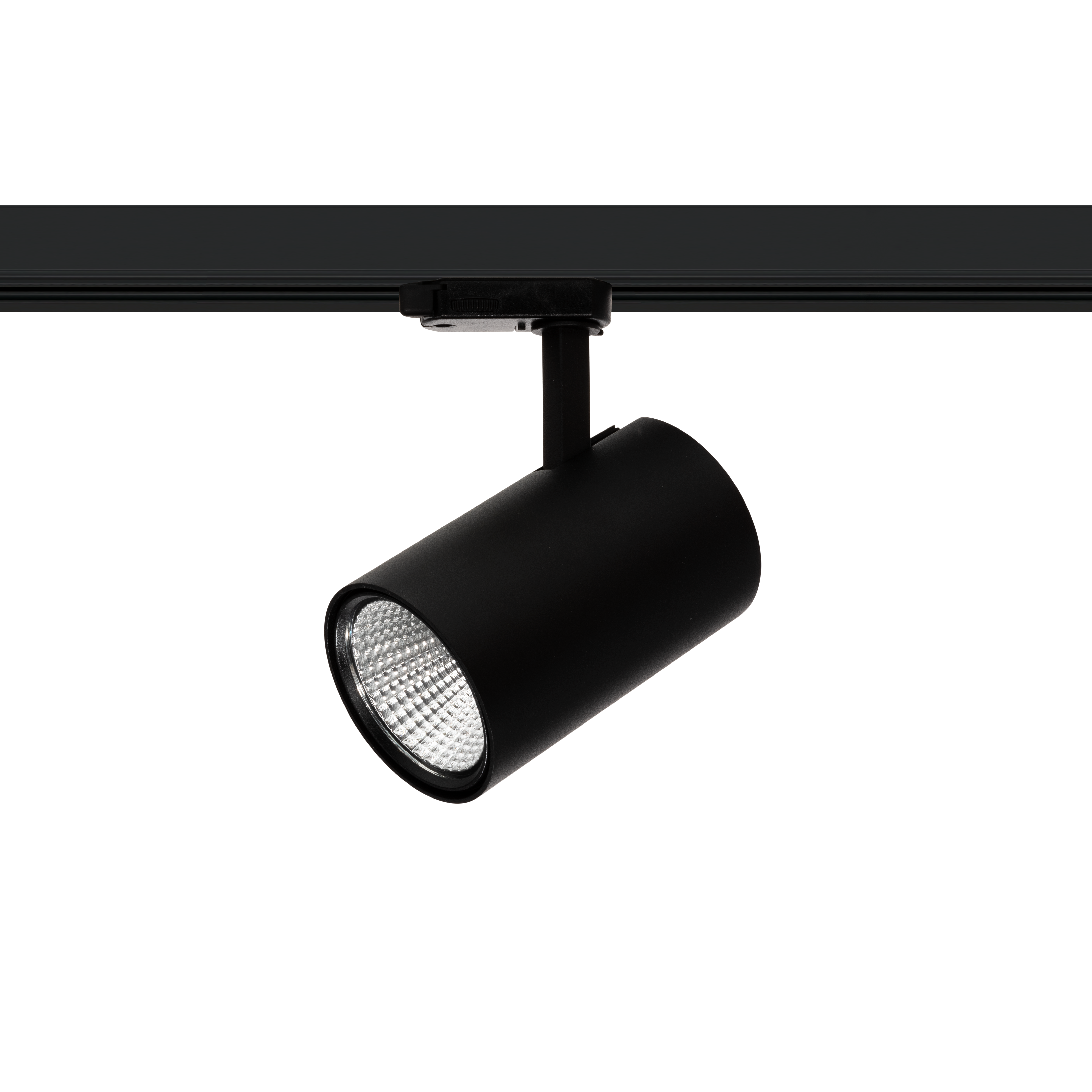
/alle food.png)
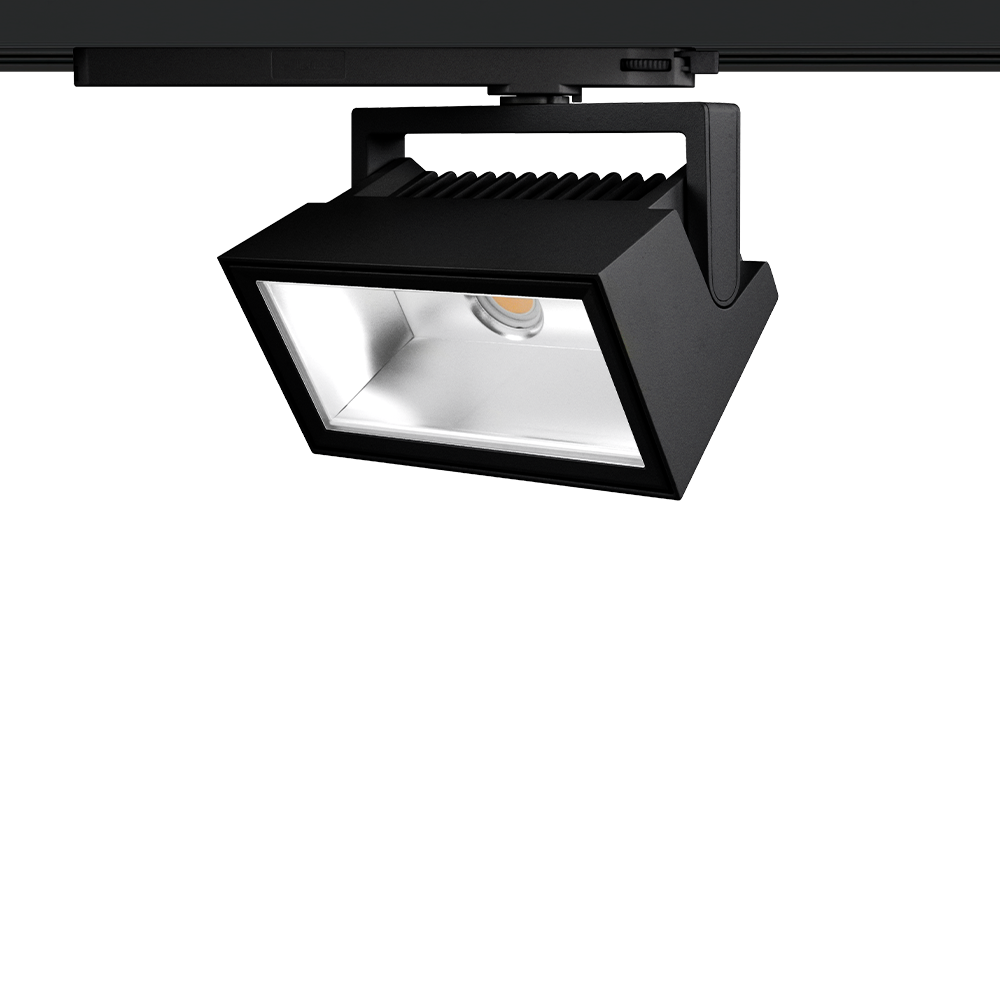
/alle food nonfood.png)

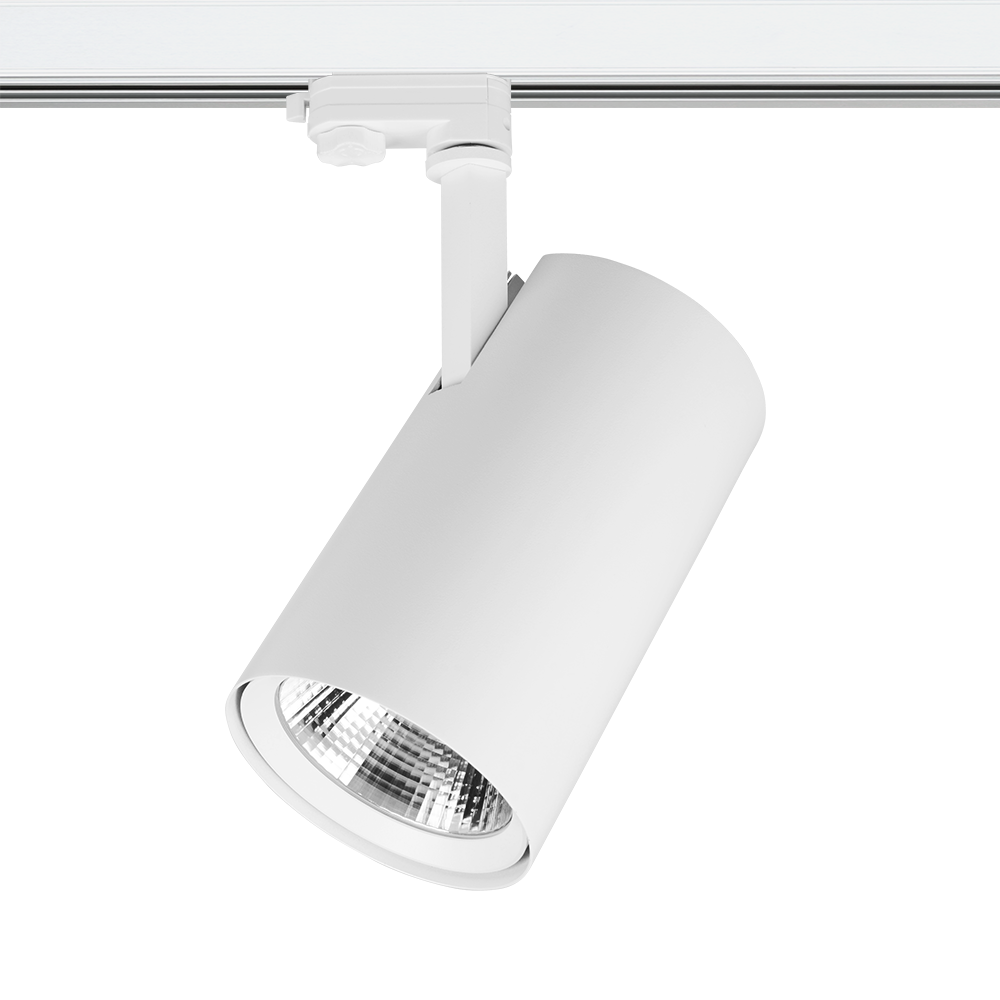

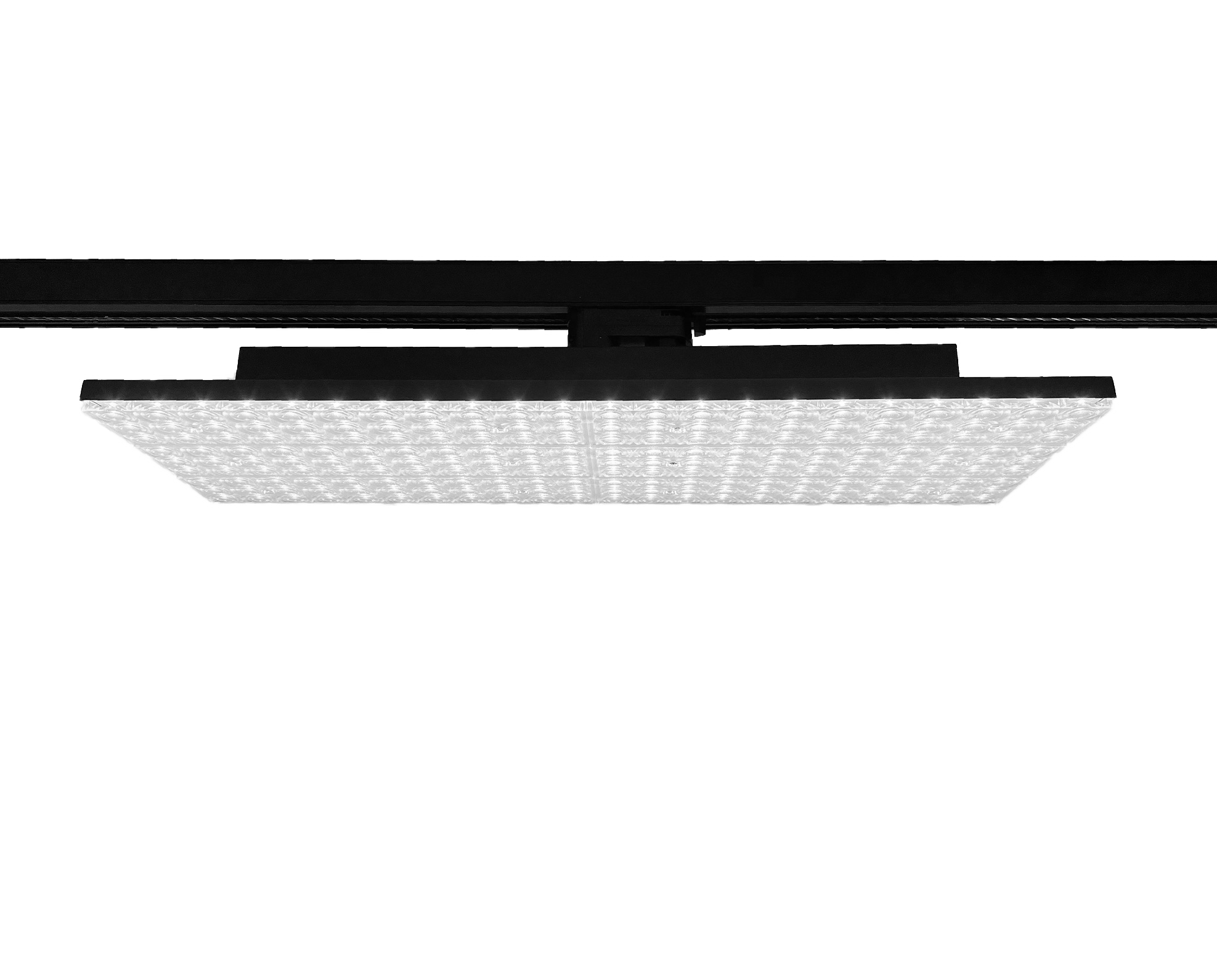
/alle food (2).png)
/F2.16.0327-1 Common two- zwart.png)

